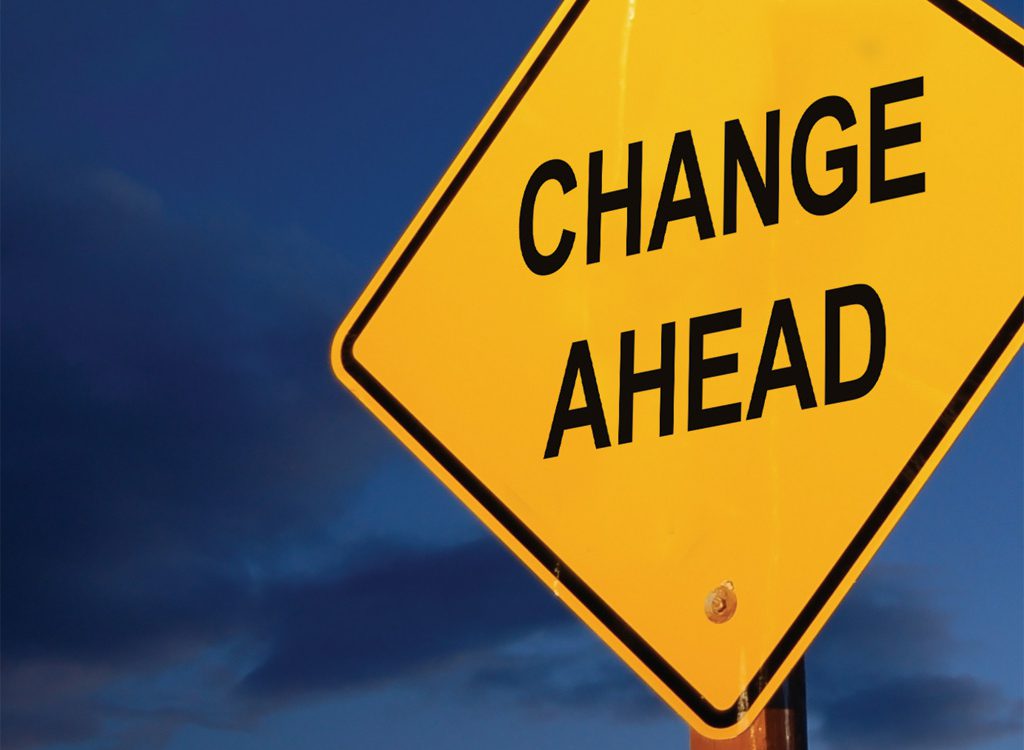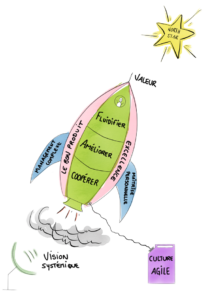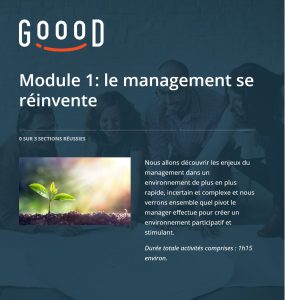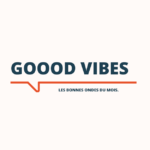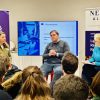“You have to conduct change management but stakeholders are reluctant to change? You are working on a project with an important change management dimension but changing is not in the enterprise culture? How to engage my team in the change?”
It was the type of questions I was thinking about when I set-up the Innovative Workshop Experience (IWEx) approach.
At that time, I was responsible for implementing change management on a new project management tool. I developed IWEx as the involvement of my team was a key factor for project success. On several identified area, the target was to look back at our current ways of working and imagine new ones for the future. For each identified area of improvement, a series of 3 workshops has been performed.
1. Summary
Do you take pleasure in defying complexity?
A workshop is a collaborative type of meeting, displayed one time or in a short-term period, where a group of people is engaged in discussion and work on a creative subject. Innovative Workshop Experience has several goals like socialize before working, make sense and stimulate innovation while working in a fun context.
Why setting-up Innovative Workshop Experience instead of brainstormings, workshops or meetings?
We are currently facing an acute meeting mania. Indeed, our agendas are full of meetings. Moreover we are sometimes invited to a workshop but no-one knows exactly what it means. Other times, brainstormings are organized to find a solution differently but the scope is often too complex.
However, Innovative Workshop Experience (IWEx) is intended to address these issues by suggesting different type of participatory meetings in a short-time period where people are at the heart of their ambitions.
IWEx are characterized by:
- A scope: people are asked to define on what they want to work on. The scope must be realistic.
- Liberty: the process encourages discussing the project.
- Creativity: only collaborative ways of working are used.
The first priority is to have participants that want to take forward the discussion on the subject, the second one is to have a relevant section of individuals according to the thematic of the workshop. It’s mandatory to validate the mindset of the participants at the beginning of the first session. Indeed, thanks to a check-in activity, if you realize that the majority of the participants are prisoners (“Feel that they’ve been forced to attend and would rather be doing something else”, ESVP check-in) it is better to cancel the meeting. Either these persons are not the right participants or it’s not the good time. Participants make the decision to come at the meeting; therefore they are responsible of its success.

The first sessions of IWEx I developed are composed of several meetings:
- The meeting 1 is a reflection phase, a stand back of our current ways of working.
- The meeting 2 is a creative phase to imagine how we want to work in the future.
- The meeting 3 aims to value all our previous work by building an action plan.
As we can see, IWEx respects “the model of the pendulum”: the different sessions alternate between divergence and convergence phases. This approach enables to satisfy the specific needs while being creative.

The model of the pendulum applied to the IWEx follows the following process:

Take a look at the detail of each session:
- Session 1: The team defines the scope of the workshop: what will be our project deliverables? Which discussions will be in the scope, the one that won’t be? Then, the members describe the current situation. The main exercise can start with the “Speedboat“, a multiplayer innovation game. A boat is drafted on a paperboard. The anchors in the sea depict our weaknesses. The wind try to push the vessel downwind onto the island, it is our strengths. The island represents our destination. Members analyze the current situation and attach post-it on the anchors, the sun and the island as appropriate. At the end of this first session, members share a common vision both on today and the future.

- Session 2: The team has based its proposal on the island. According to the expected deliverable, the exercise is different. On several occasions, I set-up the “test de résonance” which helps members to organize their thoughts. First, I introduce a synthesis about the subject: either it’s a summary of previous researches performed or it’s an extract of the literature. Then, I submit the test which is composed of 3 questions on 3 different aspects of our final deliverable (processus for instance). With the 3 different answers, they are able to suggest a complete and structured process. Without this exercise, it’s too complicated to address a full proposal.
- Session 3: The team has structured its vision of the future. Now it’s time to define how to implement it according to the anchors of the speedboat. The “pont de corde” from “Passez en mode workshop!” inspired me to set up an appropriate exercise. The idea is to build collaboratively an action plan to get all the ideas from our different personalities/point of views. First, I distribute a picture of a bridge to each member that have to think alone on the best way to overcome the bridge/ to roll-out the proposal. Then I distribute another picture of a more elaborated bridge as a mega structure. In separate groups they share their thoughts and define the sub-objectives of the mega structure. Sharing everyone ideas from all the groups has proven that the action plan was really interesting.

The last important point to highlight is the “facilitation”. In IWEx, roles are allocated between an animator leader, a facilitator and the participants. On a human perspective, it’s useful that the presenter is synchronized with the participants to create a comfortable collaborative environment. Moreover, the facilitator helps the animator to prepare the meeting and to lead it by facilitating the interactions. On a technical point of view, it’s necessary to use the appropriate tools. As mentioned above with the speedboat, Innovative Workshop Experience uses innovation games to enhance collective intelligence.
2. Objectives
There are several objectives of using the Innovative Workshop Experience (IWEx):
-
-
-
- The first one, the most important, is to involve people, to get their commitment. Indeed, our first priority is to find people who want to make the project move forward and to be motivated enough to support the project.
-
-
-
-
-
- The second objective is to set up a constructive approach. The idea is not to say what I like, what I don’t like or to create a consensus which is not a decision. I don’t ask people if they are agreed or not but if they have any objections to improve the proposal.
-
-
I would like to underline another example on the constructive approach. At the end of each meeting, this is “ROTI time”! ROTI means Return on Time Invested. At the same time, all the members made different feedback: they raised one hand with one, two, three, four or five fingers. If you show one finger, it means you have lost your time however five fingers mean it was great. Thanks to this quick feedbacks, I can adjust the next meeting: sometimes I need to go back on an item, to adjust an exercise, etc. ROTI enhances transparence and confidence. That’s why I suggest you to apply the ROTI at the end of our meetings whatever its type.

-
-
-
- Playing game is serious work”: I am convinced that we can have fun at work, that’s why some sessions are composed of innovation games. The opportunity for group interaction and discussion may stimulate participants to make observations and comments that they otherwise may not have offered.
-
-
In a few words, the mindset of the IWEx is to set up a disruptive approach to reach our goals thanks to human capital and pragmatism.
3. Resulted Obtained
In only 3x2hours, we got great results. On the one hand, according to the thematic of the sessions we managed to:
-
-
- Have a shared vision of the thematic and the corresponding project.
- Draw our current ways of working and analyze it. It means an answer to the following questions:
- What are our weaknesses? What we need to stop doing?
- What are our strengths? What we need to keep?
- Where do we want to move forward? What the future is made of?
- Imagine tomorrow: define a new process for example.
- Construct the action plan: according to our vision of the future, what are the necessary steps to implement?
-
On the other hand, people were enthusiastic. It was a pleasure for them to share their knowledge/ exchange information on their specificities as they don’t often have this opportunity. IWEx is a place of share where we take time to discover the others participants. Moreover, people were also committed, they are now ready to support project development.
4. Conclusion
Such workshops have wider impacts than the workshop itself by getting people engaged in the evolution of their enterprise.
Here is only one example of high value workshops. If you need to engage our team, enhance cohesion, create a team spirit, implement change management, and so on; I advice you to use the key elements of the recipe: a participatory approach, some divergence and convergence phases, facilitation techniques and fun. As a famous quote said: “We can collect good players, the harder is to make them play together”.
If you like this article, if you are convinced that energetic teamwork and having fun is a relevant way of working, take a look at the “FISH! Philosophy”.
